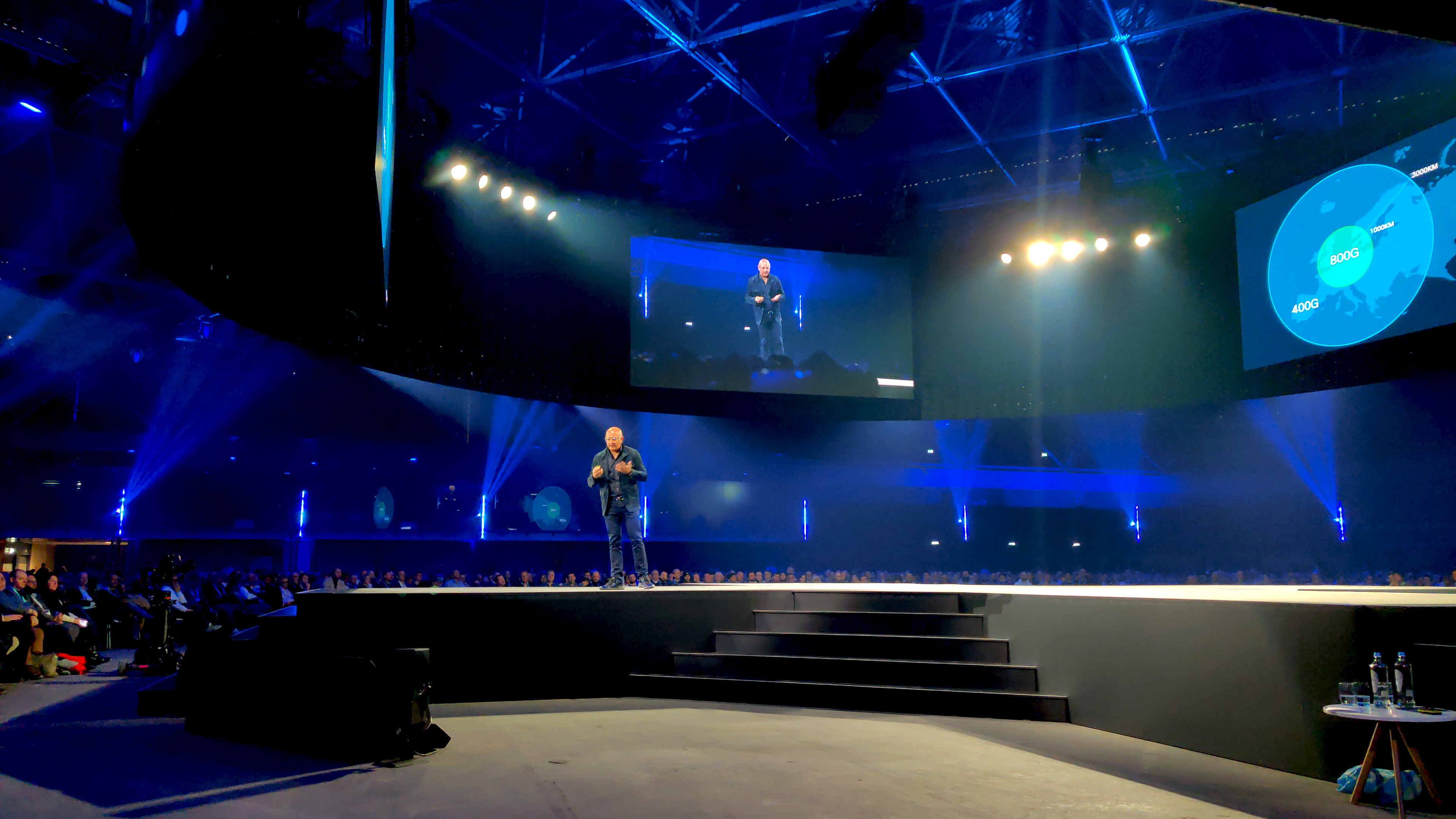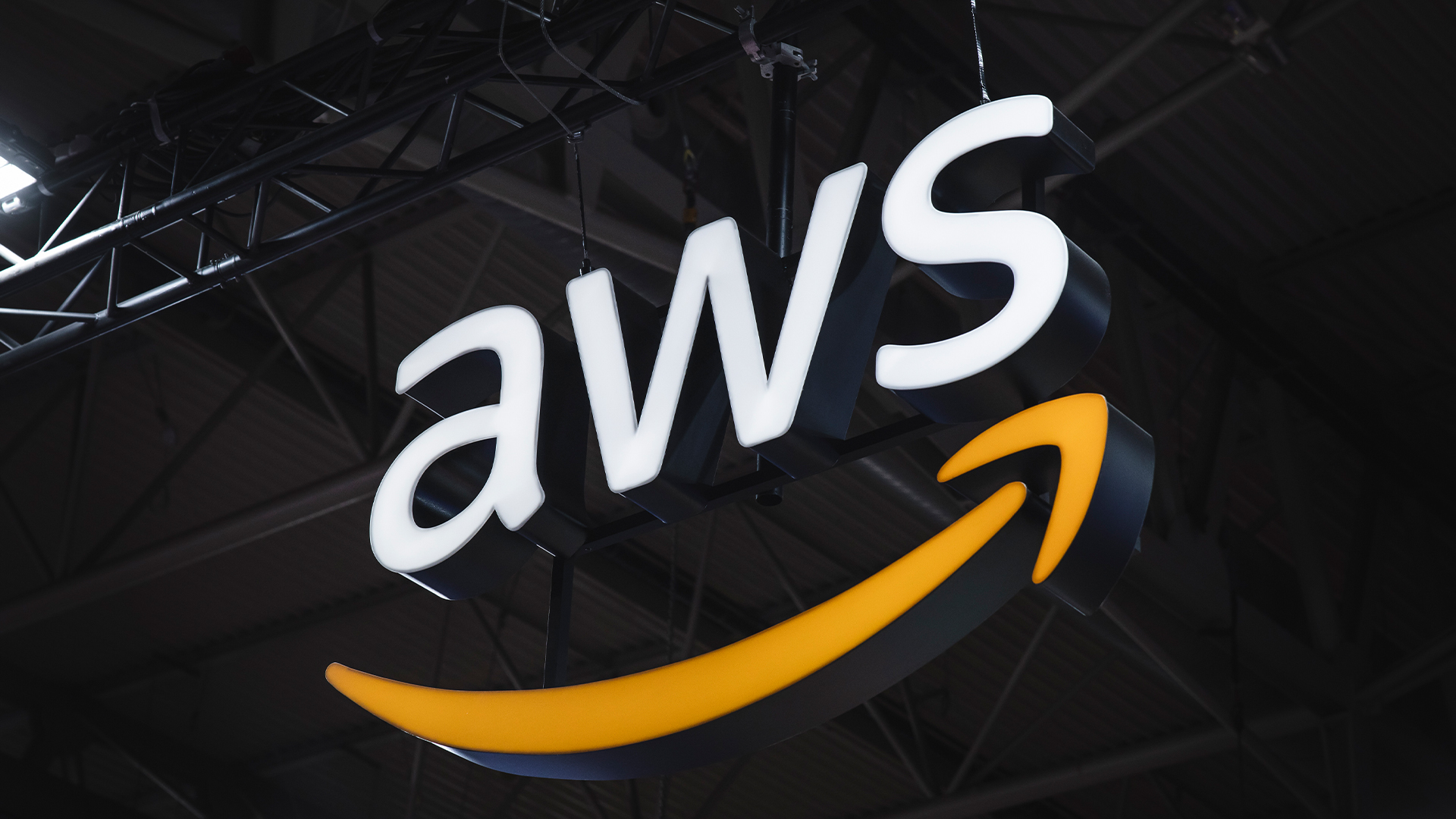Server maintenance blunder shut down 14 Toyota manufacturing plants, firm admits
The system failure marks the third IT-related blunder for Toyota in the space of six months


Production was halted at more than a dozen Toyota manufacturing sites in Japan due to a server that ran out of disk space, the company has revealed.
Routine server maintenance on systems responsible for parts orders was conducted by staff last week, Toyota revealed.

During the maintenance process, accumulated data in a company database was routinely deleted and organized, Toyota said. However, “insufficient disk space” led to an error that caused its systems to shut down.
This incident had a knock-on effect as backup servers were running on the same system, preventing staff from performing a switchover and taking down systems completely.
“Since these servers were running on the same system, a similar failure occurred in the backup function, and a switchover could not be made. This led to the suspension of domestic plant operations,” the car manufacturer said.
The outage lasted for over 24 hours in total, and systems were restored on 29 August after data was transferred to a server with larger capacity.
Toyota reiterated that the server outages were the “true cause” of operational disruption, following speculation that the incident had been due to a cyber-attack.
Get the ITPro daily newsletter
Sign up today and you will receive a free copy of our Future Focus 2025 report - the leading guidance on AI, cybersecurity and other IT challenges as per 700+ senior executives
“We would also like to reaffirm that the system malfunction was not caused by a cyber attack, and apologize to all parties for any concern this may have caused,” it said.
Best practice was not followed
Manlio De Benedetto, director of systems engineering at Cohesity, told ITPro that the incident underlines the sometimes precarious nature of server maintenance and the necessity of a heightened focus on data resilience among IT practitioners.
“It looks like Toyota didn’t see this coming, and if they were monitoring it, then their team has not reacted to the critical issues in the right way,” he said. “In simple terms, the best practices are to know what you’re backing up, where from and where to.”
De Benedetto emphasized that organizations should employ stringent monitoring standards and robust countermeasures to ensure that maintenance processes don’t result in down-time and disruption for customers.
RELATED RESOURCE

Three steps to transforming security operations
Learn how to optimize processes and stay ahead of the latest cyberthreats.
DOWNLOAD FOR FREE
“Companies need to understand exactly which IT processes are the most important in the company and how they are related,” he added.
“We advise our customers to prioritize the systems in resilience categories. The highest category reflects the most important data, systems and processes, the loss or failure of which would cause the greatest economic damage.”
In this instance, he noted that the affected Toyota servers would be classified in the “highest resilience category” due to the risk that failure would bring production to a halt and incur significant costs.
In response to the incident, Toyota said it will conduct a thorough review of its maintenance procedures and “strengthen our efforts to prevent a recurrence”.
What’s going on in Toyota’s tech teams?
This incident marks the third serious IT-related issue for Toyota in the space of three months.
In May, the car manufacturer revealed that data belonging to more than two million customers in Japan was left “publicly available” for a decade due to a cloud configuration error.
Around 2.15 million customers are thought to have been affected by the leak, which lasted from November 2013 to April this year.
In a statement at the time, Toyota said that the leak was caused by a “misconfigured setting” in its cloud environment. This incident was attributed to human error.
Just weeks later, the firm warned customers in Asia and Oceania that their data may have been “publicly accessible” in a separate incident dating from October 2016 to May 2023.
Exposed customer data included names, addresses, phone numbers, email addresses, vehicle identification numbers, and registration details.
Once again, Toyota attributed the leak to a cloud misconfiguration as a result of human error.

Ross Kelly is ITPro's News & Analysis Editor, responsible for leading the brand's news output and in-depth reporting on the latest stories from across the business technology landscape. Ross was previously a Staff Writer, during which time he developed a keen interest in cyber security, business leadership, and emerging technologies.
He graduated from Edinburgh Napier University in 2016 with a BA (Hons) in Journalism, and joined ITPro in 2022 after four years working in technology conference research.
For news pitches, you can contact Ross at ross.kelly@futurenet.com, or on Twitter and LinkedIn.
-
 Bigger salaries, more burnout: Is the CISO role in crisis?
Bigger salaries, more burnout: Is the CISO role in crisis?In-depth CISOs are more stressed than ever before – but why is this and what can be done?
By Kate O'Flaherty Published
-
 Cheap cyber crime kits can be bought on the dark web for less than $25
Cheap cyber crime kits can be bought on the dark web for less than $25News Research from NordVPN shows phishing kits are now widely available on the dark web and via messaging apps like Telegram, and are often selling for less than $25.
By Emma Woollacott Published
-
 Google shakes off tariff concerns to push on with $75 billion AI spending plans – but analysts warn rising infrastructure costs will send cloud prices sky high
Google shakes off tariff concerns to push on with $75 billion AI spending plans – but analysts warn rising infrastructure costs will send cloud prices sky highNews Google CEO Sundar Pichai has confirmed the company will still spend $75 billion on building out data centers despite economic concerns in the wake of US tariffs.
By Nicole Kobie Published
-
 Cisco wants to capitalize on the ‘DeepSeek effect’
Cisco wants to capitalize on the ‘DeepSeek effect’News DeepSeek has had a seismic impact, and Cisco thinks it has strengths to help businesses transition to AI-native infrastructure
By Solomon Klappholz Published
-
 CoreWeave’s first two UK data centers are now operational
CoreWeave’s first two UK data centers are now operationalNews The company's European plans for this year also include new facilities in Norway, Sweden, and Spain
By Emma Woollacott Published
-
 AWS eyes ‘flexible’ data center expansion with $11bn Georgia investment
AWS eyes ‘flexible’ data center expansion with $11bn Georgia investmentNews The hyperscaler says the infrastructure will power cloud computing and AI growth
By Nicole Kobie Published
-
 Future-proofing operations
Future-proofing operationsWhitepaper The Foundational Role of IT Infrastructure and Connectivity Solutions in Achieving Business KPIs
By ITPro Published
-
 Quantitative analysis of a prefabricated vs. traditional data center
Quantitative analysis of a prefabricated vs. traditional data centerWhitepaper Apples to apples cost analysis between data centre types
By ITPro Published
-
 Battery technology for single phase UPS systems: VRLA vs. Li-ion
Battery technology for single phase UPS systems: VRLA vs. Li-ionWhitepaper An overview of li-ion batteries in comparison to VRLA batteries for singlephase UPS applications
By ITPro Published
-
 Architecting enterprise networks for the next decade
Architecting enterprise networks for the next decadeWhitepaper A new paradigm in network architecture
By ITPro Published